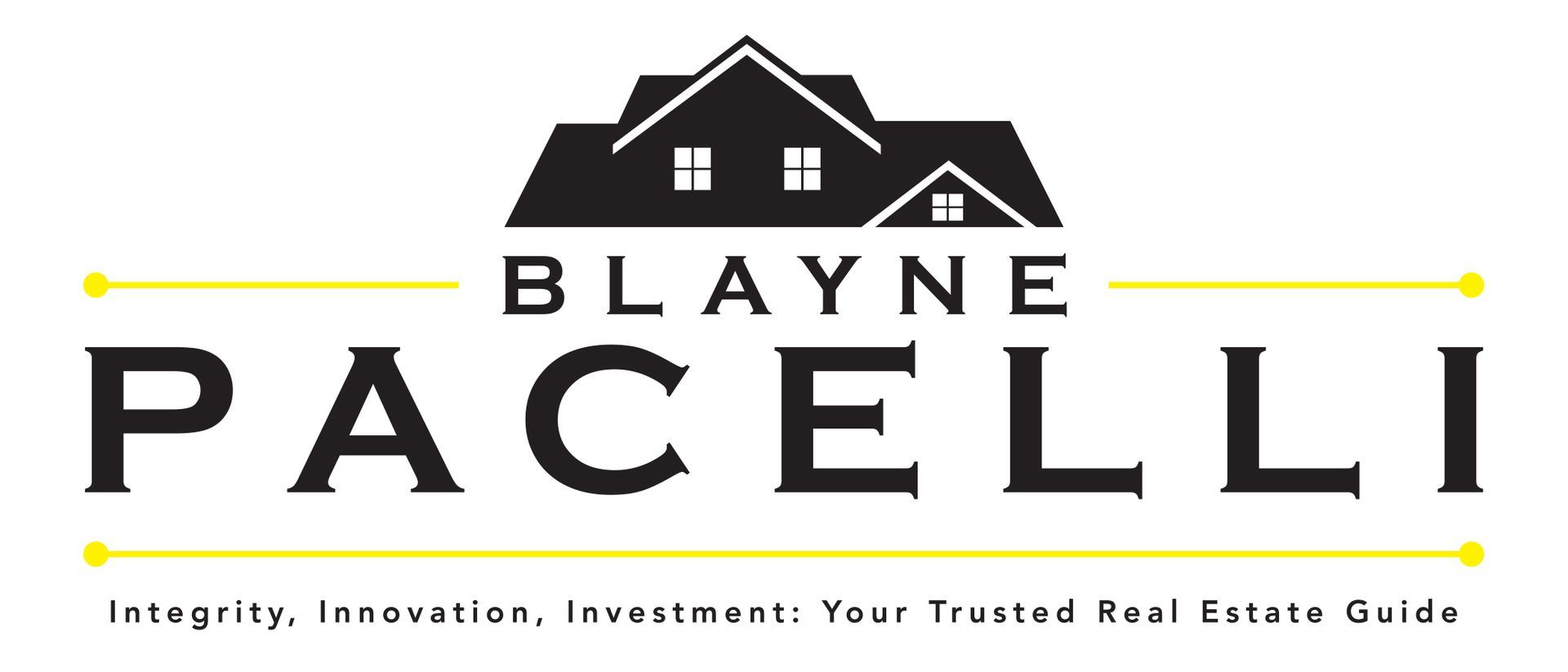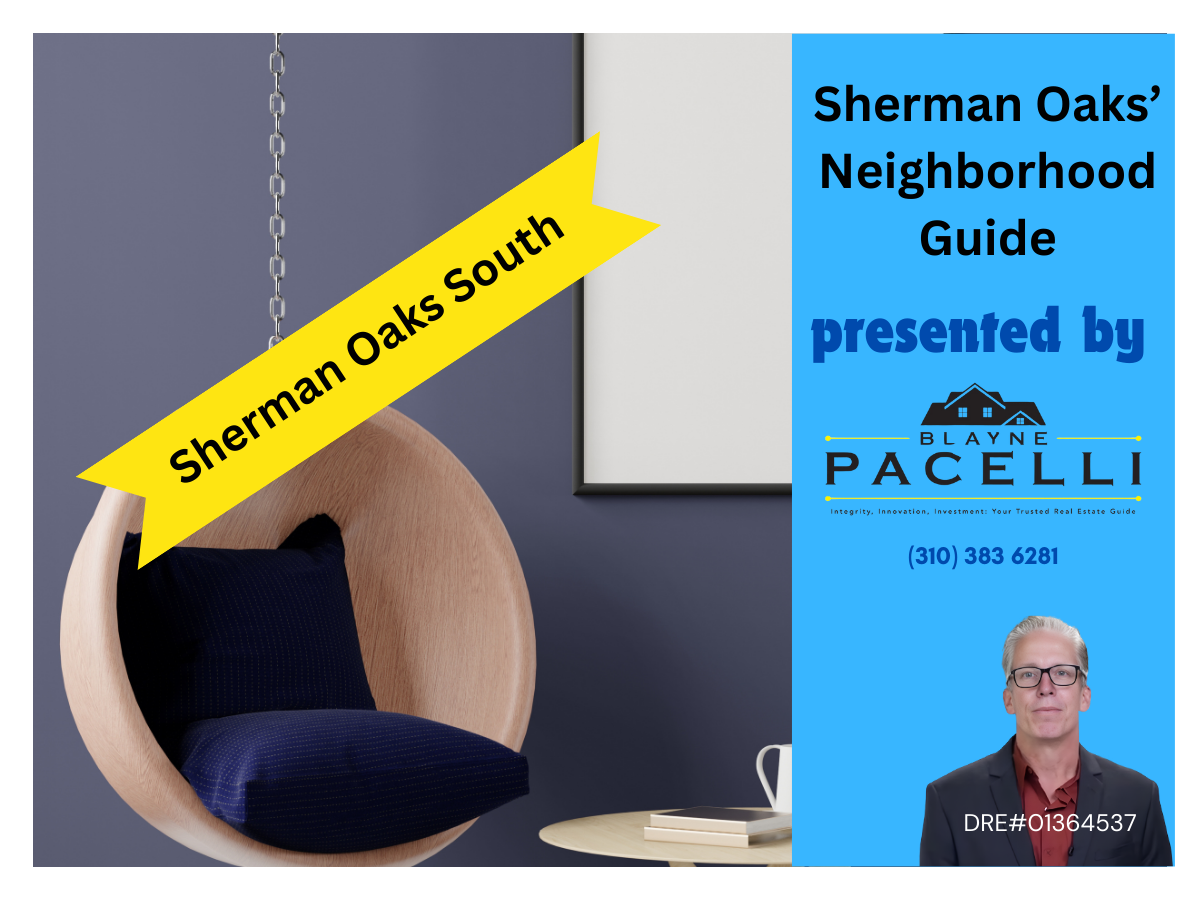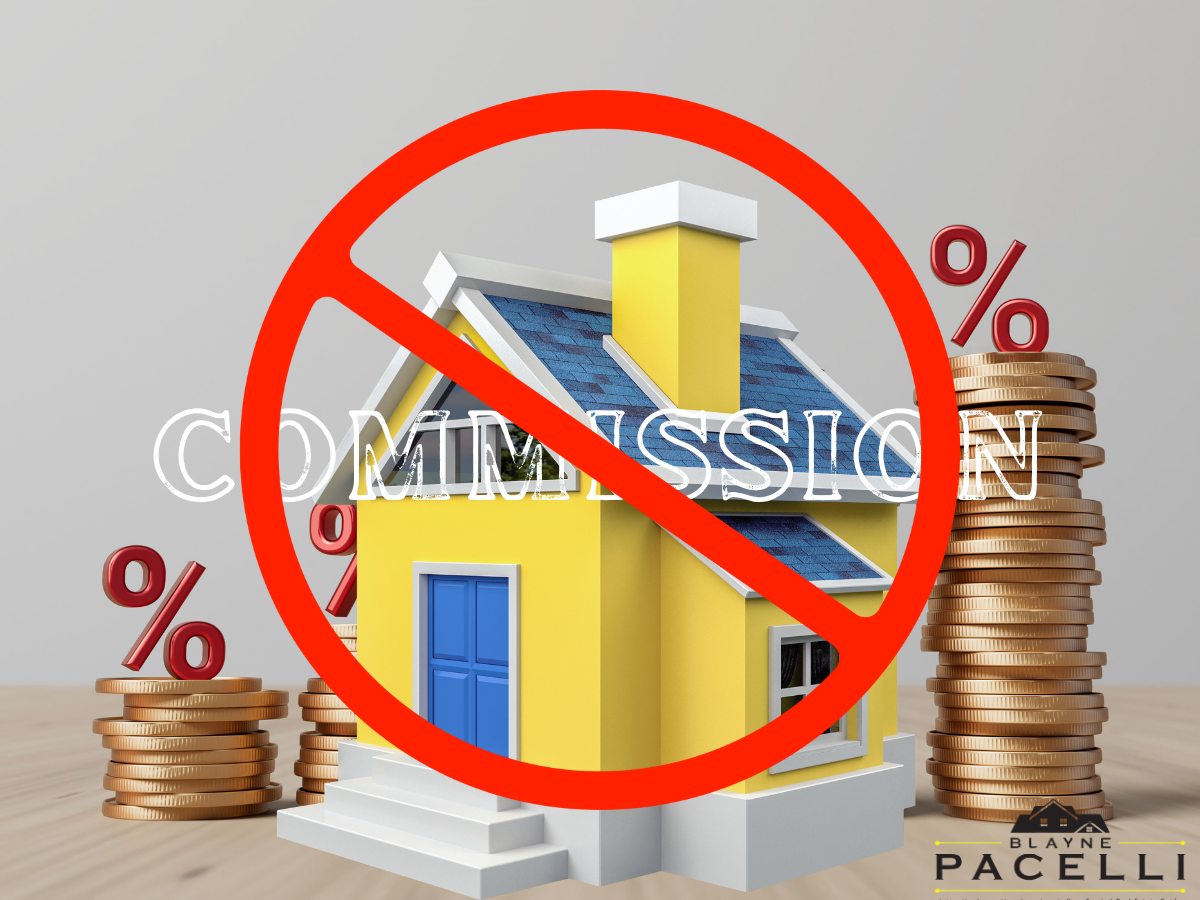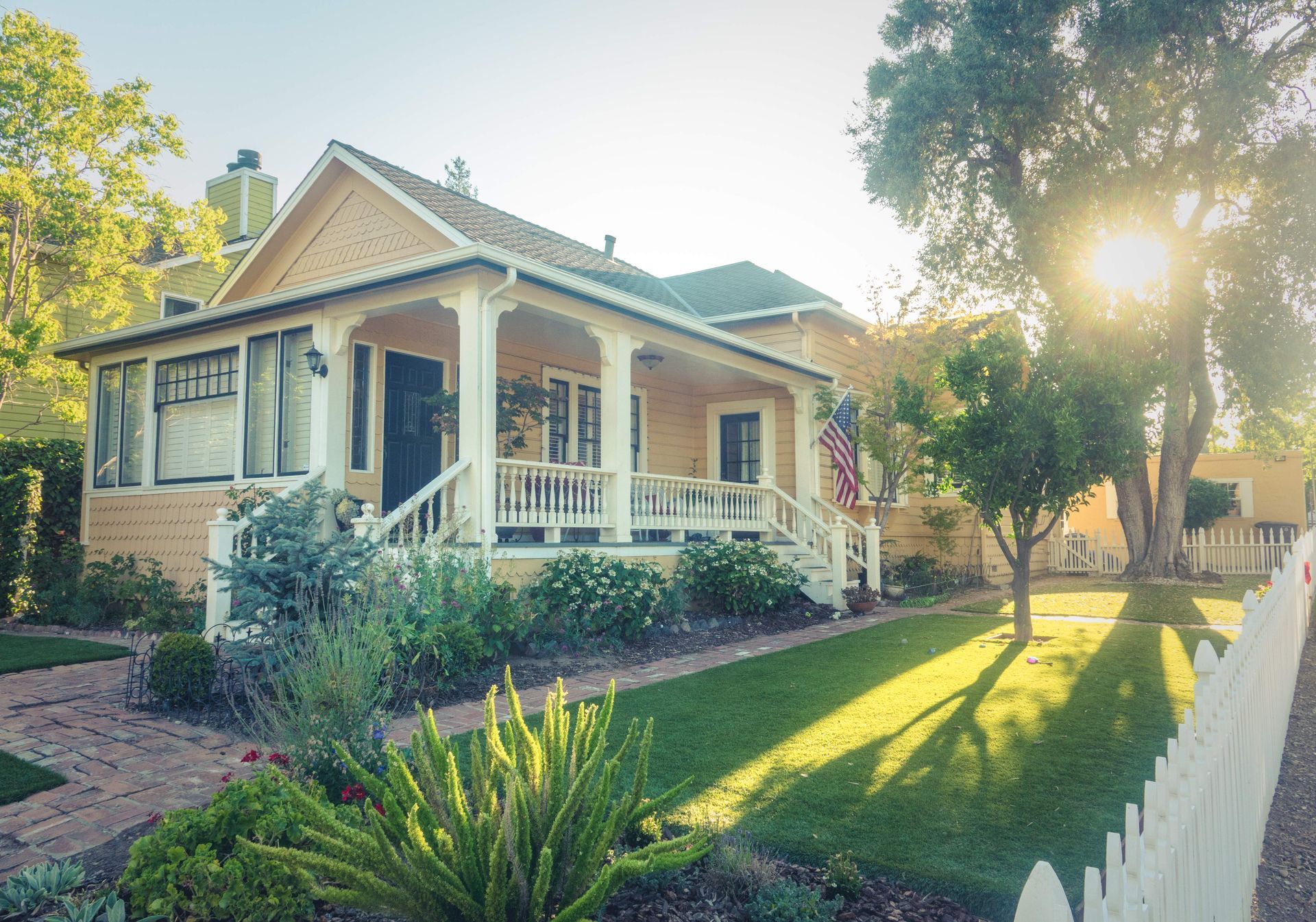Understanding Home Interest Rates for Los Angeles Homeowners
The Foundation of Home Interest Rates
Let's start by defining the foundation of it all home interest rates. These rates encapsulate the percentage of the loan amount paid by a borrower to the lender for the privilege of borrowing. This fundamental element serves as a linchpin in determining the overall cost of your mortgage and, consequently, the financial landscape of your home investment.
Understanding this concept is like grasping the roots of a towering oak tree. It provides stability and structure to your financial journey. To truly grasp the essence of home interest rates, we must delve into their foundational significance. Picture this: Home interest rates are the heartbeat of your mortgage, the vital rhythm that determines the cost of your homeownership journey. These rates represent the percentage of the loan amount paid by borrowers to lenders, essentially the fee for the privilege of borrowing money for their homes.
Let's put this in a Los Angeles context: Imagine you're a homeowner in the bustling heart of Los Angeles, where the real estate market is as dynamic as the city itself. Your dream of owning a home in this vibrant metropolis is akin to planting a sturdy oak tree in your backyard. Just as the roots provide stability and structure to the towering tree, understanding home interest rates is essential to fortify the financial foundation of your homeownership in Los Angeles.
Now, let's navigate the intricacies of home interest rates with Los Angeles homeowners in mind, exploring how this knowledge can make a significant difference in your financial journey.
Section 2: Types of Home Interest Rates
The Stability of Fixed-Rate Mortgages
Fixed-rate mortgages are like the rock-solid anchor in the ever-changing tides of homeownership. These mortgages offer a stable interest rate that remains unwavering throughout the entire loan term. This consistency is not just a financial convenience; it's a lifeline for homeowners. Let's dive deeper into why Los Angeles homeowners, in particular, find this stability so invaluable.
Imagine you're a homeowner in the sprawling and fast-paced landscape of Los Angeles. Your daily life is filled with excitement and opportunities, but it can also be unpredictable. In the midst of this bustling city, a fixed-rate mortgage is like your own personal sanctuary, a refuge of financial predictability.
With fixed-rate mortgages, your monthly payments remain steady, unaffected by the fluctuations of the market or the whims of economic trends. This reliability is not just convenient; it's empowering. You can budget with confidence, knowing that your mortgage payment will stay uniform, month after month.
In the heart of Los Angeles, where dreams are big, a fixed-rate mortgage is your trusted partner, ensuring that your financial foundation remains strong and steady, just like the iconic Hollywood Hills that frame the city's skyline. It's the peace of mind you need to fully embrace the exciting opportunities this vibrant city has to offer, all while enjoying the comfort of a consistent and predictable homeownership experience. So, consider a fixed-rate mortgage as the unwavering support for your financial house in the City of Angels.
The Dynamics of Adjustable-Rate Mortgages (ARM)
Now, let's embark on an exploration of adjustable-rate mortgages (ARMs) in the context of Los Angeles homeownership, where adaptability can be key to thriving in a dynamic real estate landscape.
Picture yourself as a homeowner in the heart of Los Angeles, a city known for its ever-changing trends and fast-paced lifestyle. In this dynamic environment, an ARM can be your financial companion, offering a unique blend of opportunity and adaptability.
At its core, an ARM is like a thrilling financial journey through the diverse neighborhoods of Los Angeles. It starts with an initial interest rate lower than what you'd find with a fixed-rate mortgage, opening doors to homeownership that may have previously seemed out of reach. This lower initial rate can be a game-changer, especially in a city where real estate prices can be as soaring as the skyscrapers.
But, much like navigating the bustling streets of downtown LA, an ARM comes with its own set of twists and turns. The interest rate on an ARM can change over time, subject to market conditions. Homeowners must be prepared for potential adjustments in their rates and monthly payments.
Think of an ARM as the financial equivalent of exploring the diverse neighborhoods of Los Angeles. Each turn in the journey brings new opportunities, but also new challenges. It's a path for those who are adaptable and open to change, much like the residents of Los Angeles who thrive in a city known for its innovation and creativity.
In the City of Angels, where adaptability and seizing opportunities are part of the culture, an ARM can be your ticket to a unique homeownership experience. It offers the chance to make the most of a dynamic real estate market, just as Angelenos make the most of the ever-evolving entertainment and lifestyle scene. So, think of an ARM as your financial journey with exciting twists and turns, ready to reward those who embrace the adventure.
Section 3: Factors Influencing Home Interest Rates
The Credit Score Symphony: Elevating Your Financial Standing
In the buzzing city of Los Angeles, your credit score takes center stage in the grand performance of homeownership. It's like having a conductor in an orchestra, setting the tempo and directing each note of your interest rate symphony. A higher credit score is your golden ticket to a lower interest rate, as lenders view individuals with excellent credit as financially reliable.
Picture this: Your credit score is the conductor's wand, weaving a harmonious melody of financial credibility. With a high score, you're in control, orchestrating a lower interest rate that can save you significant sums over the life of your mortgage. It's your way of ensuring that your homeownership journey in Los Angeles is marked by financial harmony.
Loan Dynamics and Down Payment Influence: Navigating the Mortgage Waters
Now, let's set sail on the sea of loan dynamics and down payments, crucial elements that influence interest rates and can make a significant difference in your homeownership experience in Los Angeles.
In this sprawling city of dreams, where the real estate market is as diverse as its neighborhoods, understanding these dynamics is like having a reliable anchor on your mortgage journey. The loan amount and down payment you bring to the table hold the power to sway interest rates in your favor.
Imagine your down payment as the anchor, steadying the ship of your mortgage journey amidst the waves of financial uncertainty. A larger down payment not only reduces the overall loan amount but also signals lower risk to lenders. This, in turn, often results in a more favorable interest rate.
In Los Angeles, where neighborhoods and property values vary dramatically, your down payment can be the key to accessing the vibrant housing market and securing a more favorable interest rate. It's your way of influencing the course of your interest rates, ensuring that your financial voyage through the city's diverse real estate landscape is smooth and rewarding.
So, in the sprawling urban canvas of Los Angeles, where homeownership dreams are as diverse as the city itself, your credit score, loan dynamics, and down payment are your trusted allies, orchestrating a symphony of financial success and stability.
Economic Weather's Impact
Broader economic conditions, including inflation, economic growth indicators, and labor market conditions, cast a significant shadow on mortgage interest rates. Understanding these economic weather patterns is key to anticipating fluctuations.
Think of the economic landscape as the backdrop, shaping the environment where your interest rates unfold, much like the changing seasons.
Section 4: Making the Right Choice
Navigating Your Financial Waters
Now, let's navigate the critical decision of choosing between fixed-rate and adjustable-rate mortgages (ARMs) in the context of Los Angeles homeownership, where the real estate market can be as varied as the city's neighborhoods.
Choosing Your Financial Course: Fixed-Rate vs. ARM Mortgages
In the vast and dynamic landscape of Los Angeles, the choice between fixed-rate and ARM mortgages is like charting your course through the city's diverse neighborhoods. It all hinges on your unique financial situation and risk tolerance, much like selecting the perfect route for your LA adventure.
The Steadfast Stability of Fixed-Rate Mortgages
Fixed-rate loans are the sturdy ships of the mortgage world, providing homeowners with a sense of financial security amidst the waves of economic uncertainty. In a city known for its opportunities but also its challenges, stability can be a precious asset.
These mortgages ensure that your monthly payments remain consistent throughout the loan term. In a city where the cost of living can vary significantly from one neighborhood to another, this stability can be a beacon of predictability. Whether you're in the heart of downtown Los Angeles or nestled in the quiet suburbs, your mortgage payments remain unchanged, allowing for better budgeting and peace of mind.
ARMs: The Sailboats of Financial Flexibility
On the other hand, ARM mortgages are the sailboats of the financial world, designed for those who are ready to navigate the changing tides. They often start with lower initial interest rates, making homeownership accessible in a city where real estate prices can vary greatly.
In the fast-paced and ever-evolving environment of Los Angeles, ARMs may appeal to individuals anticipating income growth or those with short-term homeownership plans. Much like the city's residents who embrace change and adapt to new opportunities, ARMs offer flexibility. However, it's important to be prepared for potential rate adjustments in the future.
Your mortgage choice is your compass, guiding you through the financial waters of homeownership in Los Angeles. A fixed-rate mortgage is like the sturdy, reliable ship that will keep you on a steady course, while an ARM is a sailboat, nimble and ready to adjust to the changing tides of your financial journey. Ultimately, the choice is yours, and it should align with your financial goals and your vision for your life in this dynamic city.
Key Takeaways
Understanding Home Interest Rates: Home interest rates are the percentage of the loan amount paid by borrowers to lenders. They serve as the foundation of your mortgage, determining the overall cost of homeownership. In Los Angeles, grasping this concept is akin to strengthening the roots of a towering oak tree, providing stability to your financial journey.
Types of Home Interest Rates: Fixed-rate mortgages offer stability, with consistent monthly payments, making budgeting easier.
In Los Angeles, where the real estate market can be unpredictable, a fixed-rate mortgage acts as a reliable sanctuary amidst the city's excitement.
Adjustable-rate mortgages (ARMs) provide flexibility with lower initial rates but come with potential adjustments, ideal for those adapting to dynamic circumstances in the city.
Factors Influencing Home Interest Rates: Credit scores play a pivotal role in securing lower interest rates in Los Angeles. A high credit score is your conductor's wand, orchestrating a harmonious financial journey. Loan dynamics and down payments are essential, where a larger down payment acts as an anchor, steadying your mortgage voyage in the city's diverse real estate landscape. Economic conditions, like changing seasons, cast shadows on mortgage rates, making it crucial to monitor broader economic weather patterns.
Making the Right Choice: Choosing between fixed-rate and ARM mortgages depends on your financial situation and risk tolerance. Fixed-rate mortgages provide stability, like a sturdy ship navigating the city's challenges. ARM mortgages offer flexibility, adapting to the ever-evolving opportunities in Los Angeles. Your mortgage choice is your compass, guiding you through the financial waters of Los Angeles homeownership, aligning with your unique goals and vision for life in the dynamic city.
Mastering the Financial Labyrinth
The world of home interest rates may appear intricate, but armed with research and financial self-awareness, you can navigate it with confidence. Consulting mortgage experts or financial advisors ensures your decisions align with your financial goals. A home transcends being a mere dwelling; it's an investment. Mastery over home interest rates ensures that your investment is not just wise but tailored to your financial aspirations.
If you are looking to buy a home or sell a home in the greater Los Angeles area, please contact me today. Your journey to homeownership awaits, and with the right knowledge, you can make it a rewarding and financially sound experience.
The Value of a Local Real Estate Agent: Beyond Mortgage Rates
In Los Angeles, the real estate scene is complex. Having a local agent who knows the city well can make your transition easier and faster.
Crafting a Tailored Experience:
Los Angeles is home to a diverse array of unique neighborhoods, each with its own individual charm. Partnering with a local real estate agent who possesses an intimate knowledge of these neighborhoods is like having a seasoned guide navigate you through unexplored terrain. They can customize their suggestions to align with your specific requirements and preferences, ensuring that the properties they present resonate with your lifestyle and goals.
Exploring the Culinary Scene:
One of the most captivating aspects of Los Angeles is its vibrant and varied culinary landscape. From the lively food trucks of Koreatown to the chic cafes in Silver Lake, the city offers a plethora of dining experiences. A local agent with a deep understanding of these culinary havens can introduce you to the culinary delights of your chosen neighborhood. Whether you're a food enthusiast or simply looking for the best local eateries, your real estate agent can provide invaluable recommendations, helping you feel at home right from the start.
If you'd like assistance in finding your perfect Los Angeles home, my name is Blayne Pacelli and I'd be happy to help. Contact me today!











